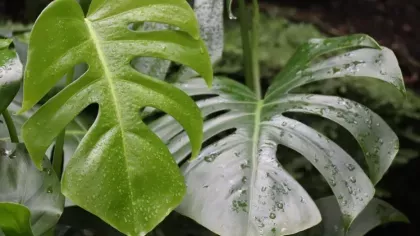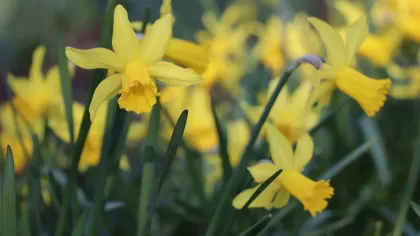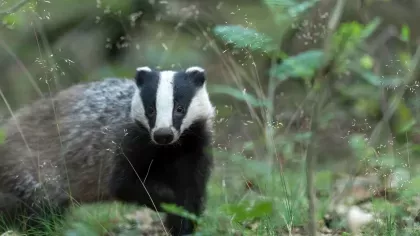23 March 2020
What can you spot on your tree?
If you're stuck inside, take a moment to appreciate these amazing plants that we often overlook.

Can you see a tree from your window, lonely on its own or in a copse? Although they might not look like they do, trees lead busy lives.
On our day to day walks, we often overlook these incredible plants.
Take a moment to appreciate your local tree, whether it's outside your window or in your garden.
There are lots of complicated processes happening quietly right in front of you...
Working together
The trunk, bark, branches, leaves and roots of a tree all work together to help these amazing organisms survive.
Take a look at the tree trunk.
The trunk is a major part of the tree, as it helps the tree keeps its shape and supports the crown.
The bark on the outside of the trunk acts as protective armour, keeping the tree safe from storms, pests and disease.
Just below the bark, the vascular system is hard at work running water and nutrients between the leaves and the roots.
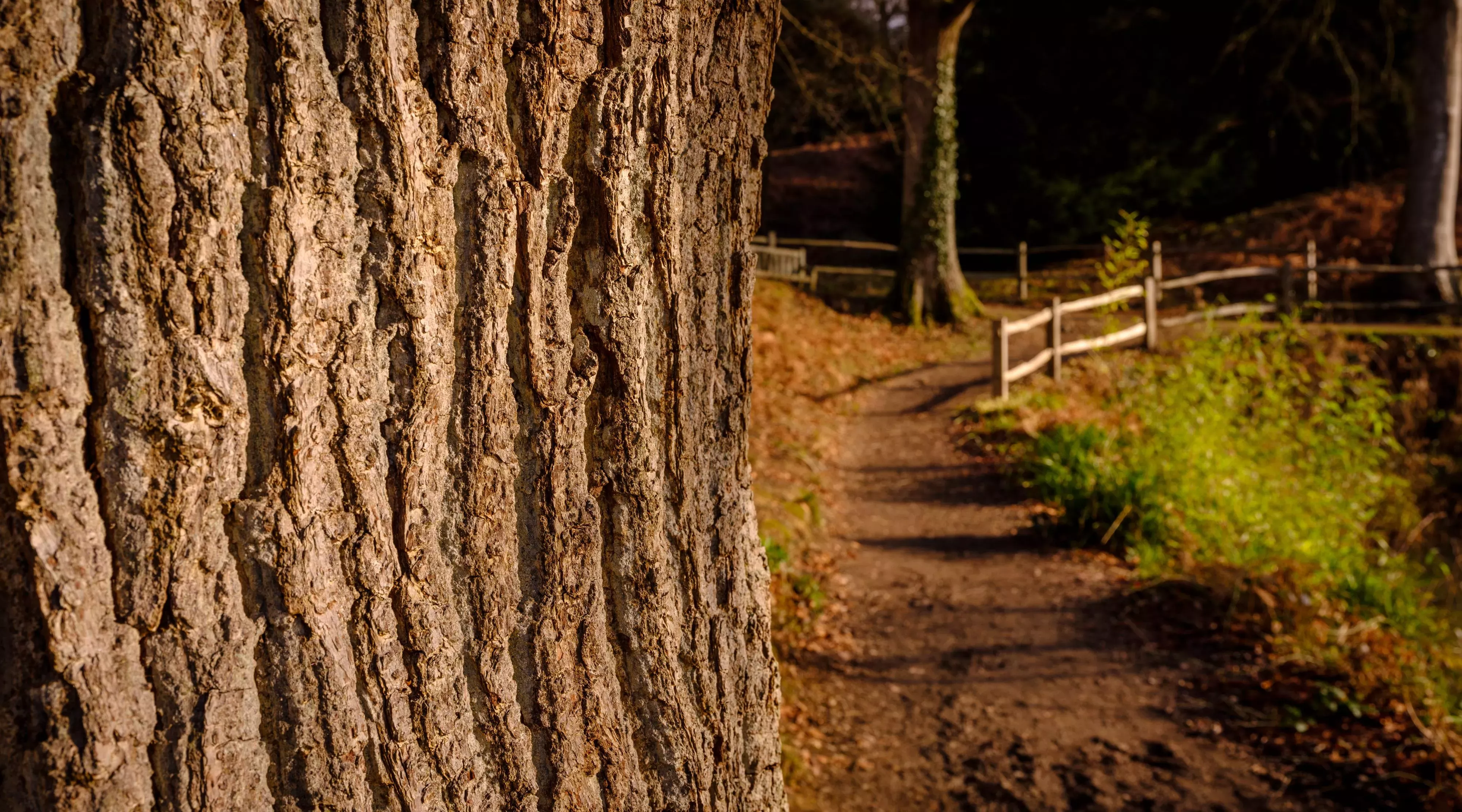
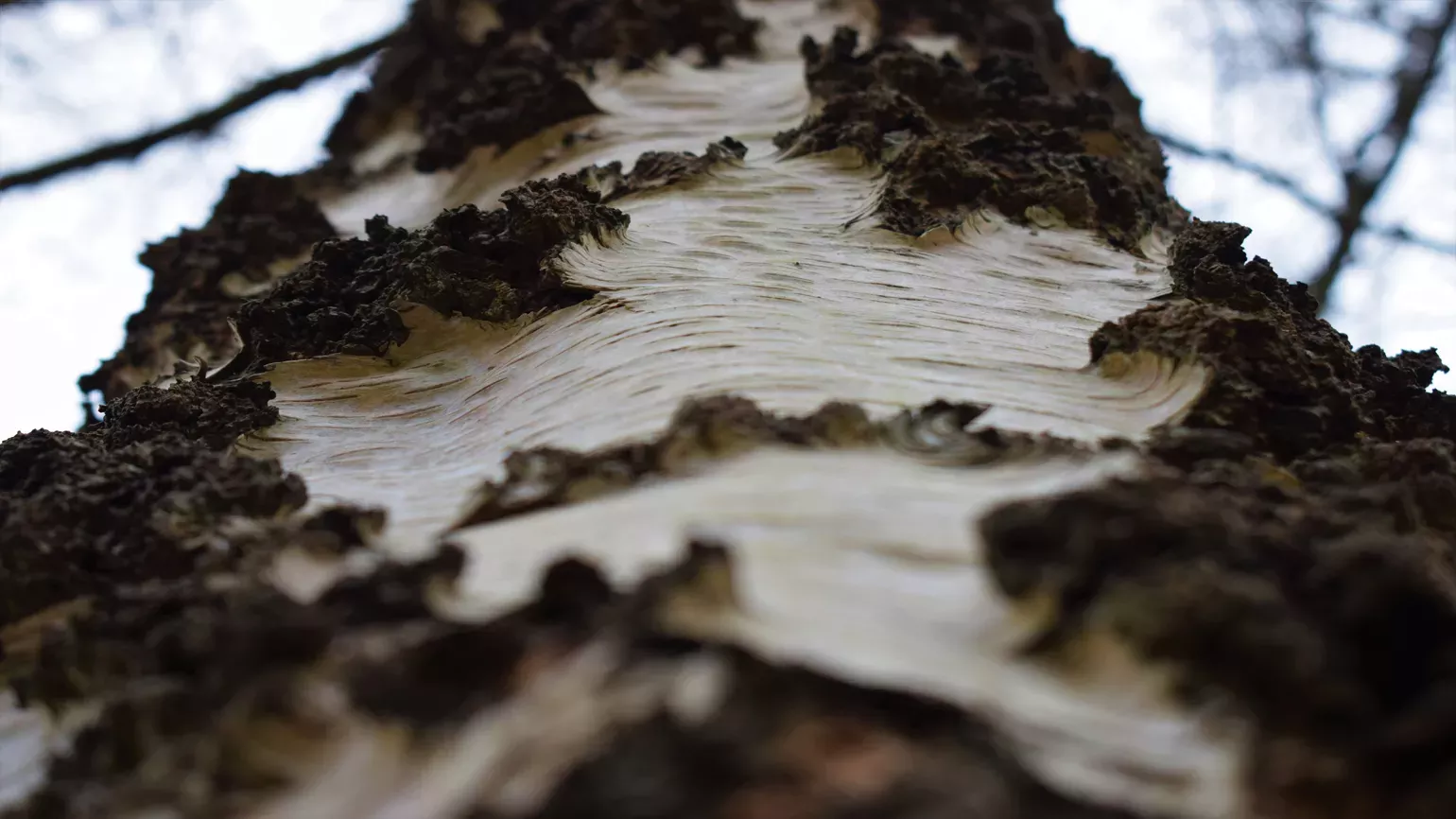
Resilient roots
The roots of the tree anchor it in the ground and absorb water and nutrients.
These get passed up the tree in the vascular system.
The roots of the tree are actually much closer to the surface of the soil than we think. 50% of a tree's roots are in the top six inches of soil.
During the summer months, trees might need many litres of water on a daily basis. Some oak trees need as many as 220 litres a day, so the roots have to work hard to get it.
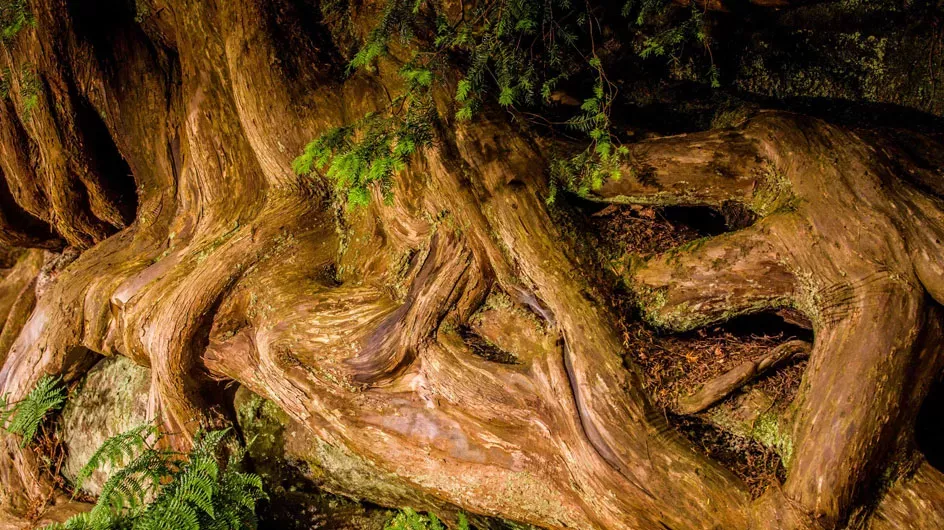
Fungi friends
There are also hidden exchanges happening in the soil.
Mycorrhizal fungi form partnerships with plants. These fungi attach to the roots of the plants and help them access nutrients and water from the soil, in exchange for the tree's sugars.
Most plants are dependent on their fungal partners, just as mycorrhizal fungi are dependent on their plant hosts for survival.
A home for wildlife
Trees provide valuable homes for wildlife, and are a source of food for many different species of birds, mammals and insects.
See if you can spot small birds on the branches. Species like blue tits like to feed on insects hidden in the bark, or on the undersides of leaves.
These clever little birds hang upside down on branches so that they can peer under leaves and into cracks in bark for their next meal.
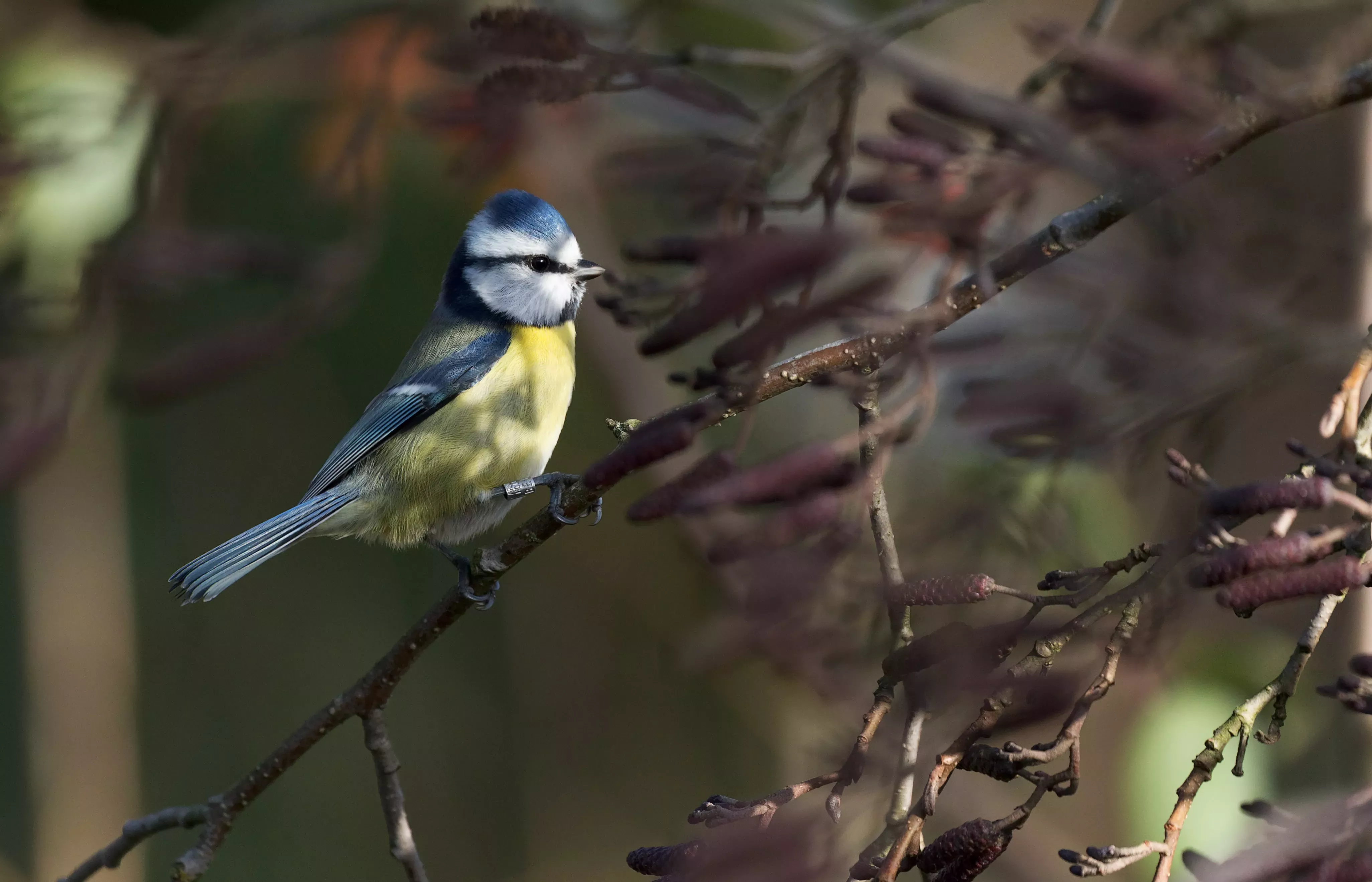
Seasonal changes
Look closely and you might be able to see shoots starting to appear on the tree branches.
Trees, like most plants, produce sugar from the sun's energy to live and grow (photosynthesis).
They use the green pigment chlorophyll in their leaves to absorb sunlight.
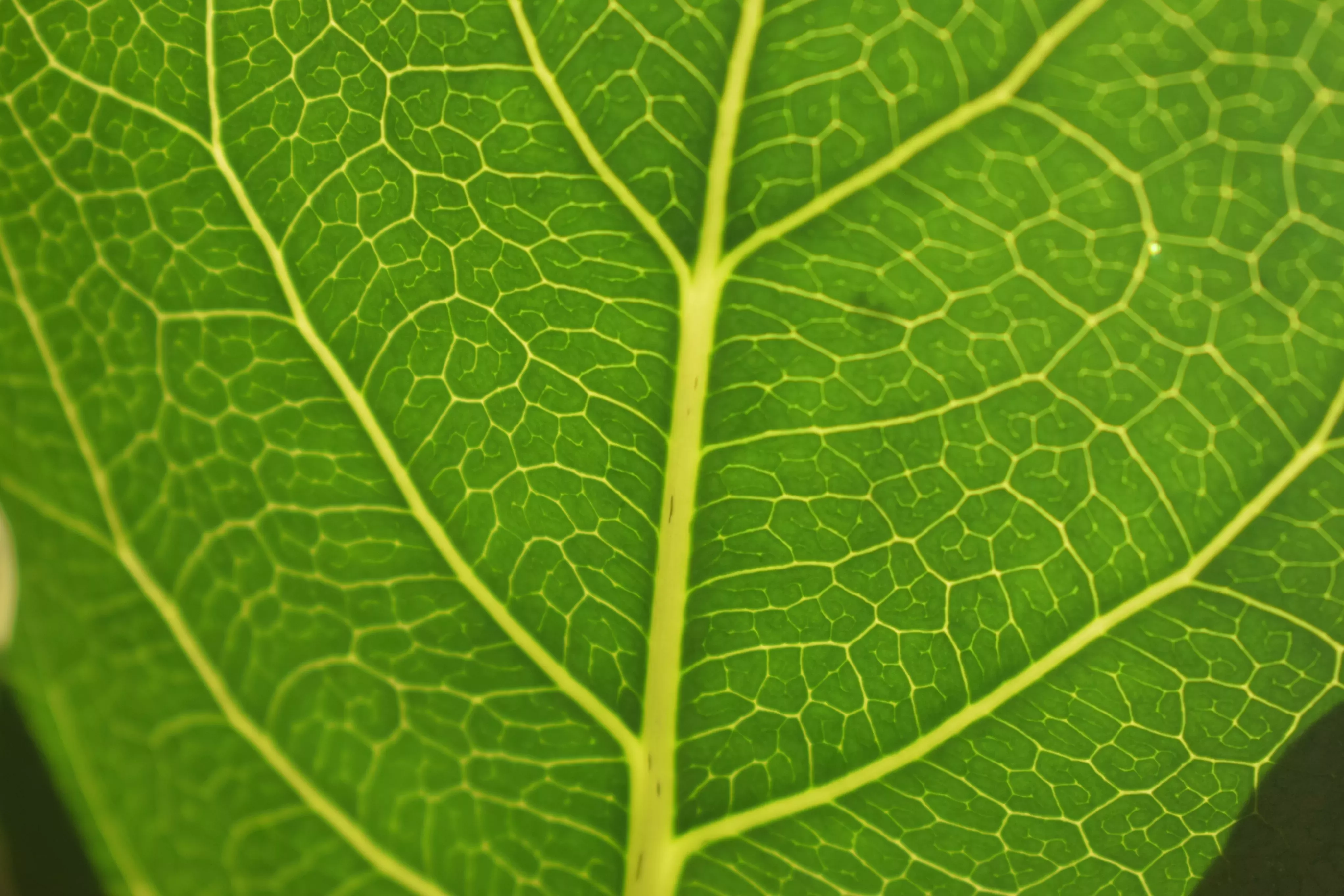
Spring awakening
In winter, deciduous trees lose their leaves and reclaim valuable chemicals from them. Losing leaves helps them to conserve water and energy through the colder months.
When air temperatures rise in spring, the tree starts using energy again and moves sugars from its roots to the twigs.
This supplies the energy to grow new shoots and leaves.
Once the new leaves have grown, they start photosynthesising, and the tree's life cycle continues.
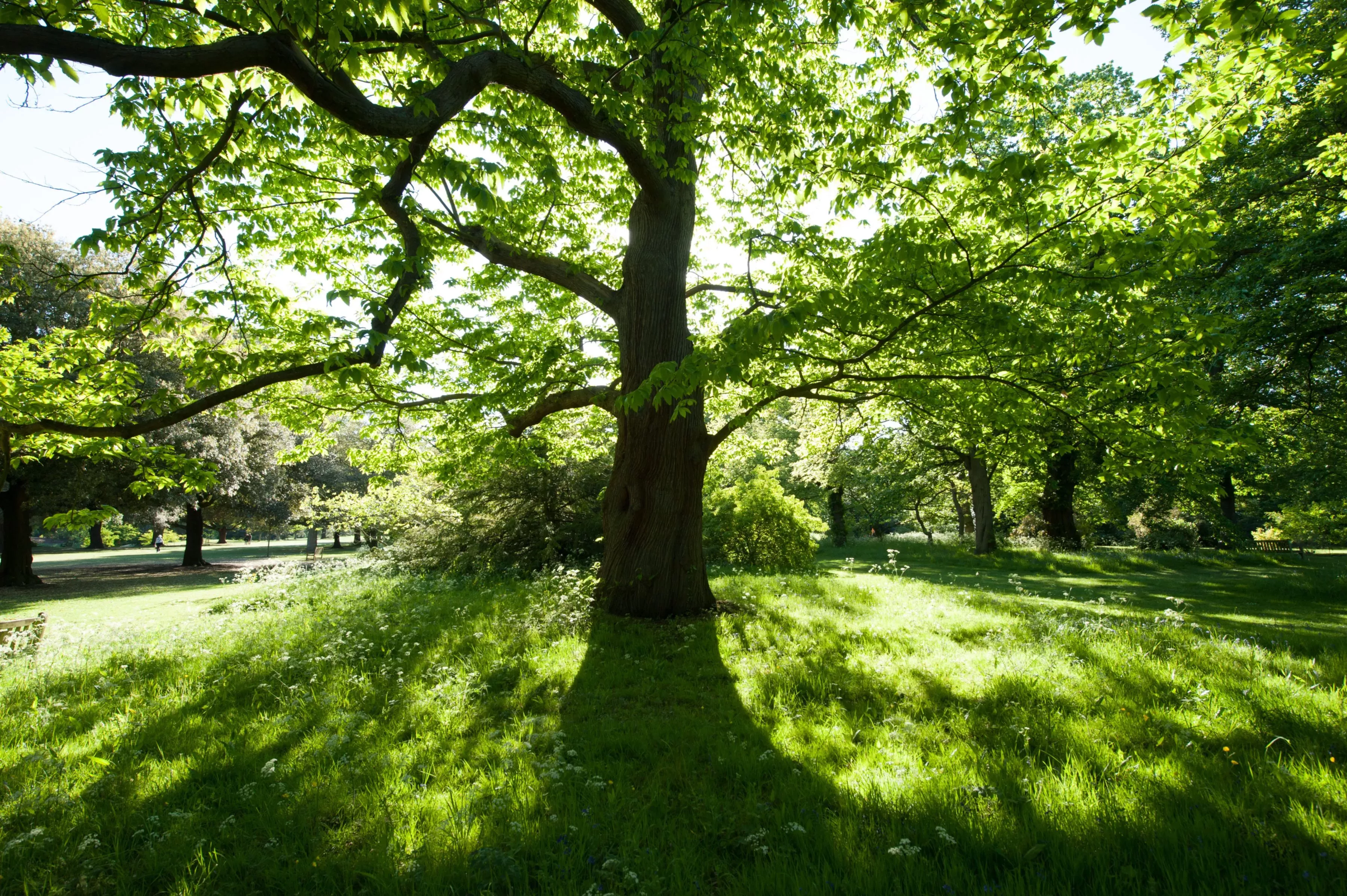
Share your local tree with us
We'd love to see photos of your local tree.
If you are at home, know that you are always welcome to join our social community.
We are passionate about plants and fungi, and are committed to sharing pictures, stories and films with you on Kew Gardens Facebook, Twitter or Instagram or Wakehurst Facebook, Twitter or Instagram.
We'd love to hear from you.
These are general tips for you and your family to learn more about trees.
This is not to replace a professional arborist inspection. If you are concerned about a tree, then you must refer it to an approved and qualified Arboriculturalist. Please see the Arboricultural Association for further information.
